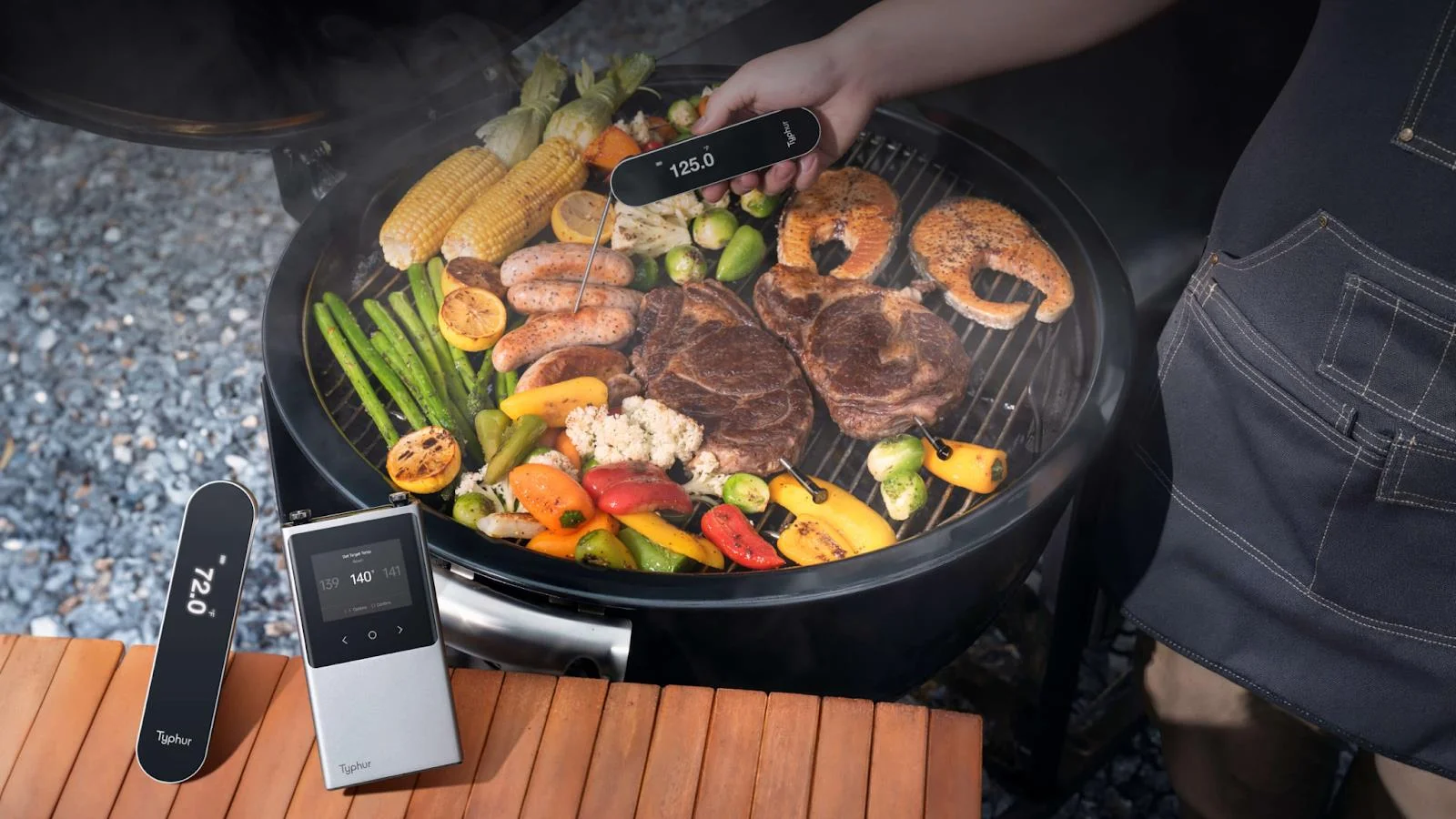Cooking meat can be tricky, but a meat thermometer is the perfect secret weapon for perfectly cooked meals every time. From juicy steaks to succulent roasts, knowing the internal temperature of your meat is key to avoiding under or overcooked dishes.
In this article, we’ll explore the different types of meat thermometers, discuss why they’re essential, and share some pro tips to help you make the most of this handy kitchen tool.
Understanding Meat Thermometers
Types of Meat Thermometers: Digital, Dial, and Beyond
Meat thermometers come in a variety of styles. The most common are digital and dial thermometers, but there are other options, too.
Digital meat thermometers offer quick and precise readings, making them popular among home cooks and professional chefs alike.
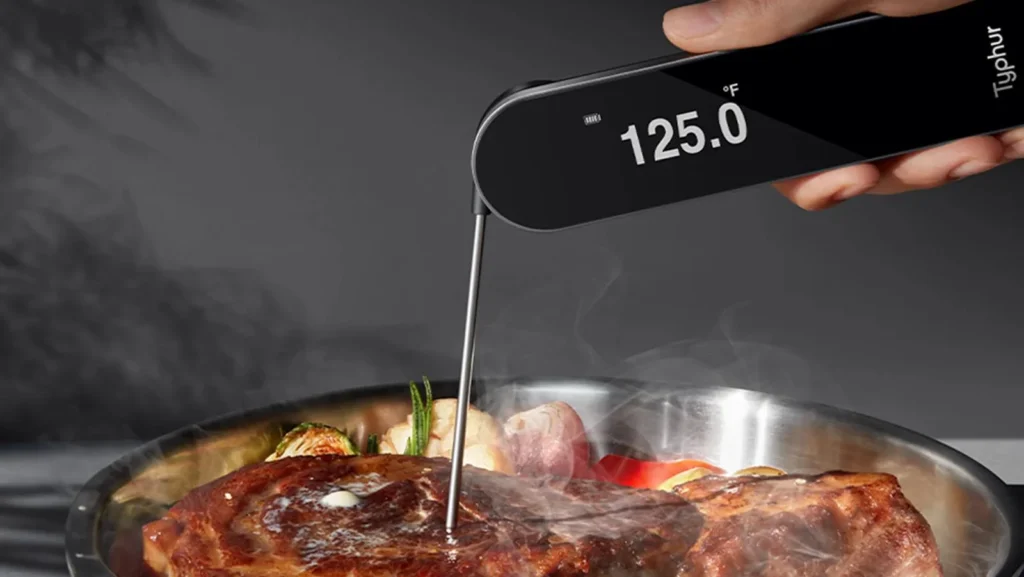
Dial thermometers are the classic type with a needle that points to the temperature on a circular dial. They can be less precise but are often more durable.
Some meat thermometers even have remote sensors or wireless capabilities, such as Typhur Sync wireless meat thermometer, allowing you to monitor your meat’s temperature from a distance.
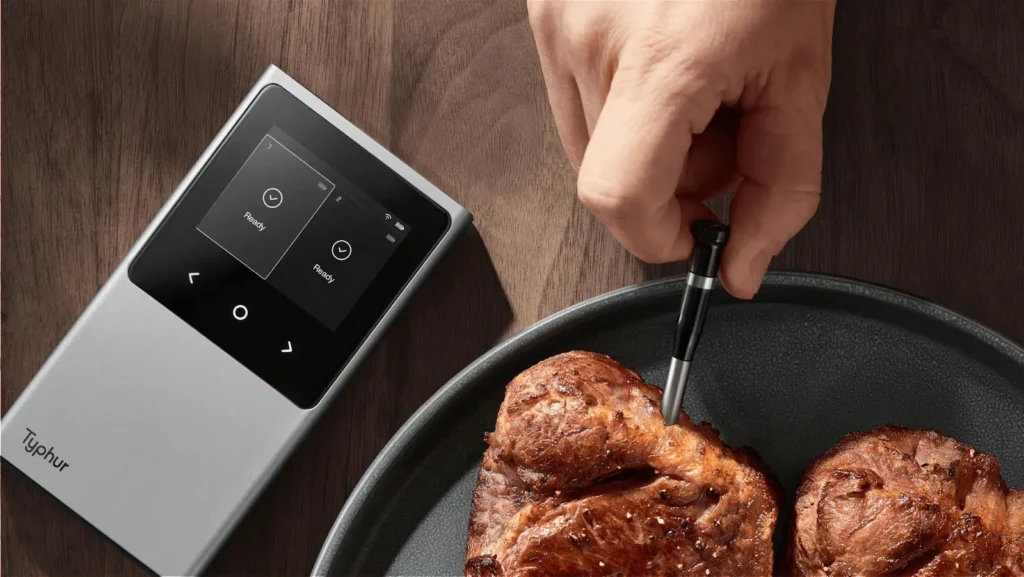
How Meat Thermometers Work: The Science of Temperature
Meat thermometers measure the internal temperature of meat by inserting a probe into the thickest part of the meat. The probe contains a sensor that detects the temperature and displays it on the device’s readout. This reading lets you know when your meat has reached the desired temperature for safe and delicious cooking.
Choosing the Right Meat Thermometer for Your Cooking Style
The best meat thermometer for you depends on your cooking habits and preferences. If you’re a grill master, a digital thermometer with a remote sensor could be ideal, allowing you to monitor your food without lifting the lid. For traditionalists who cook indoors, a classic dial thermometer might be more appealing. Consider factors like accuracy, durability, and ease of use when choosing your meat thermometer.
Why You Need a Meat Thermometer
Eliminating Guesswork
A meat thermometer eliminates the guesswork in cooking. You no longer have to rely on visual cues or guess how long to cook your meat. With a meat thermometer, you can ensure your food is cooked to perfection, reducing the chances of serving under or overcooked meals.
Ensuring Food Safety
Meat must reach a certain internal temperature to kill harmful bacteria and pathogens. Using a meat thermometer helps ensure your meals are safe to eat, reducing the risk of foodborne illnesses. By checking the temperature, you can confidently serve food to your family and guests.
Achieving Consistency
Consistency is crucial in cooking, especially when you want to replicate a recipe’s success. A meat thermometer allows you to achieve the same results every time, ensuring that your favorite dishes are always cooked to perfection.
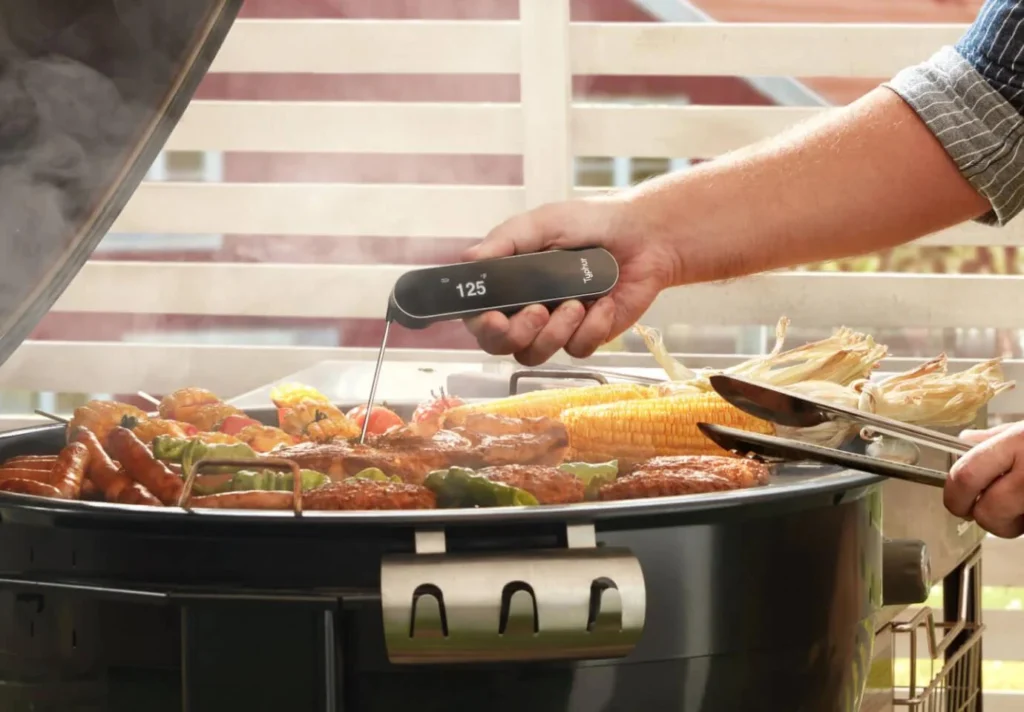
How to Use a Meat Thermometer
To get accurate readings, you need to insert the thermometer into the correct part of the meat. Generally, you should insert the probe into the thickest part without touching bone or fat, which can give false readings. For roasts and large cuts, aim for the center.
To ensure accuracy, wait for the reading to stabilize before removing the thermometer. Some digital thermometers provide instant results, while others take a few seconds. If you’re cooking large cuts of meat, check the temperature in multiple places to ensure even cooking.
It’s important to check the temperature at the right time. For larger cuts, start checking a bit earlier than you think—meat continues to cook slightly after it’s removed from heat due to carryover cooking. For smaller cuts, check near the end of the recommended cooking time to avoid overcooking.
Key Points About Meat Thermometer Usage
There are several varieties of meat thermometers, such as probe, leave-in, and instant-read models, and each is appropriate for a particular cooking technique. Meat thermometers are available for various cooking methods such as grilling, roasting, frying, or smoking.
Tips for Perfectly Cooked Meals
The Ideal Temperatures for Different Meats: A Handy Guide
Different meats require different temperatures for perfect cooking and safety. Here’s a quick guide:
- Beef (steaks and roasts): 145°F for medium rare, 160°F for medium
- Chicken and poultry: 165°F
- Pork: 145°F with a three-minute rest
- Lamb: 145°F for medium rare, 160°F for medium
Resting and Carryover Cooking: What You Need to Know
After cooking, let your meat rest before cutting into it. This resting period allows juices to redistribute, keeping the meat tender and juicy. Carryover cooking means that the internal temperature continues to rise slightly after removing from heat, so factor this into your cooking time.
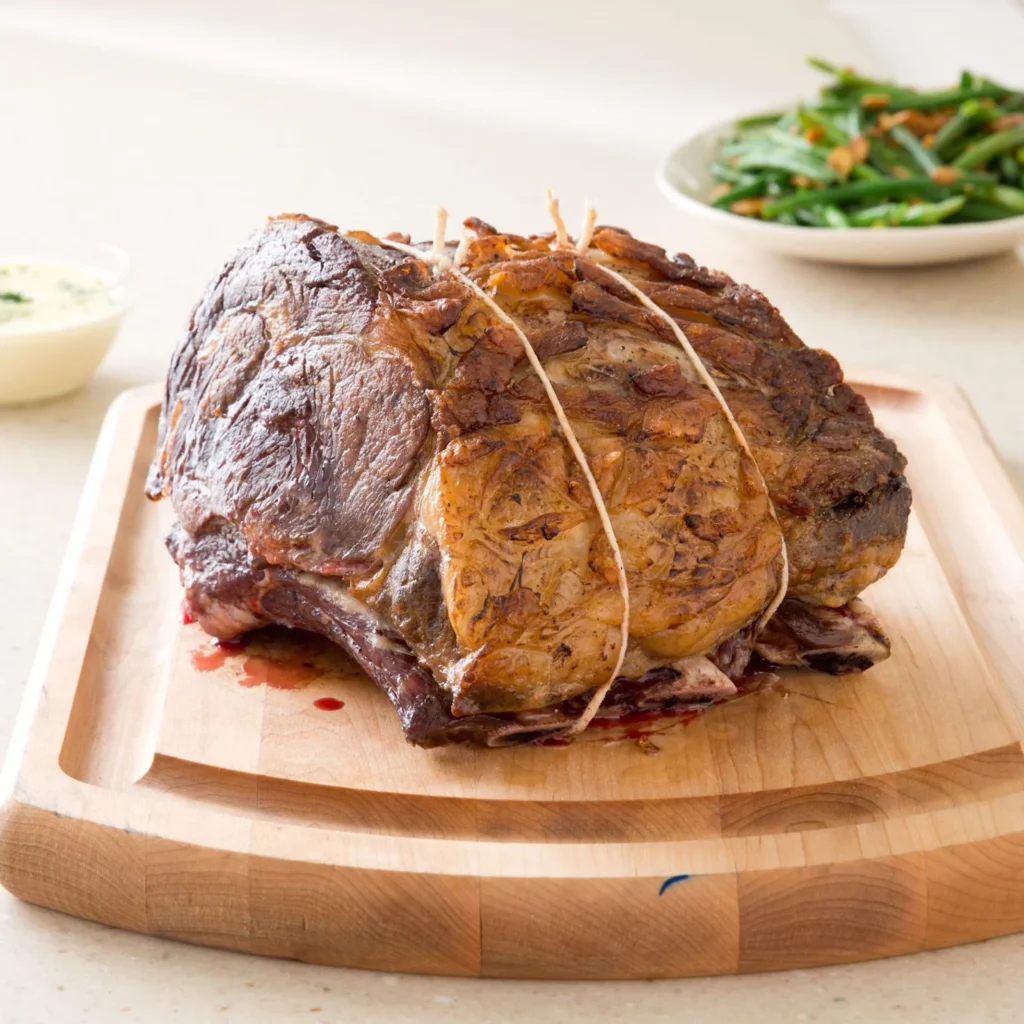
Avoiding Common Mistakes: Temperature Myths Debunked
One common mistake is assuming color indicates doneness. The color of meat can vary depending on factors like lighting and marination, making it an unreliable indicator. Another myth is that you should cut into meat to check if it’s done. Doing this releases juices and dries out the meat, leading to disappointing results.
Last Remarks
With a meat thermometer, you can precisely cook your steak to the desired doneness, whether you like it medium-rare, well-done, or rare. By doing away with the need for conjecture regarding visual cues like color and texture, it offers an impartial assessment of the meat’s internal temperature. This guarantees that the meat will always be cooked to your exact preference, making your meals consistently delicious.

